Apple's AI Ambitions: Internal Struggles, Counterattacks, and Challenges
-
Apple's annual fall event is drawing near, but amid the wave of large models, the question of when Apple will launch its own 'Apple GPT' has become another focal point.
After all, with Huawei leading the charge and Xiaomi following closely, Chinese smartphone manufacturers are competing to embed large models into mobile devices, while Apple still appears remarkably 'restrained' in its AI model developments.
During a recent earnings call, Apple CEO Tim Cook emphasized two key themes regarding AI progress: 'product' and 'responsibility.'
Cook stated that Apple has been researching generative AI and other models for years, noting, 'They are embedded in nearly every product we make.' He further added, 'We will continue to invest and innovate, responsibly leveraging these technologies to advance our products and enrich people's lives.'
'Don’t expect Apple to talk about AI the way its peers do,' remarked an analyst who has long followed Apple’s AI developments. According to CNBC, compared to the loud proclamations of other tech giants, Apple seems uninterested in using AI to spin more narratives during this technological wave.
Is this really the case? As global tech giants enthusiastically embrace AI, Apple is unlikely to lag behind. The mystery surrounding its AI strategy is actually a natural outcome of Apple’s 'vertical integration' and 'hardware-software synergy' approach.
It’s too early to conclude that Apple will fall behind in this technological wave, as the company is gearing up for a new AI 'counteroffensive.' This article will focus on two key questions:
1. How far has Apple progressed in its AI strategy?
2. Why is Apple So Calm About AI?
Most people's impression of Apple's AI stems from Siri.
Siri had a brilliant beginning. Backed by international research capabilities and acquired by Steve Jobs for over $200 million, "Hey Siri" once became the defining image of artificial intelligence in that era.

From the start, the perfectionist Jobs positioned Siri not just as a smart voice assistant but as a bet on an entirely new interaction paradigm.
Jobs recognized that voice-based interaction aligns with human nature. Siri co-founder Norman Winarsky later recalled: "Jobs saw the power of that technology before anyone else. He understood the unique value of having a personal assistant that could interact with you authentically, like a real person."
This meant Siri's vision was fundamentally grander than products like Google Assistant, which were positioned primarily as search tools.
While Jobs gave Apple a strong first-mover advantage in AI, subsequent issues like ambiguous positioning, a closed ecosystem, and management challenges gradually caused Siri to fall behind.
How Did Siri Waste Its Advantages and Become an 'Artificial Idiot' in Users' Minds? Summarized in three steps:
Step 1: Ambiguous Positioning – Shifting between being an 'execution engine' and a 'search product.'
A former Siri employee revealed that the original vision was to develop Siri into a virtual intelligent assistant akin to 'Samantha' from the movie Her, serving as a human-aiding voice管家. However, after Steve Jobs' passing, Apple recruited talent from other tech giants, leading to multiple repositioning efforts that gradually transformed Siri into a search engine.
Bill Stasior, who witnessed Siri's rise and fall and previously led Amazon's search and advertising business, advocated for turning Siri into a world-class search engine. He integrated Siri with Apple's search resources to enhance its performance. However, search engines and intelligent voice assistants are not inherently conflicting; the key lies in aligning with core business goals to deliver a better user experience.
For example, Google Assistant, though a latecomer, became the vanguard of Google's 'AI first' strategy by leveraging the company's search优势 and addressing early AI users' task-oriented needs.
Siri, on the other hand, failed to meet expectations. Initially envisioned as a兼具实用性和个性化的助手, its shift toward search meant most user queries were converted into search commands, impairing its ability to understand conversational context and drastically reducing user satisfaction.
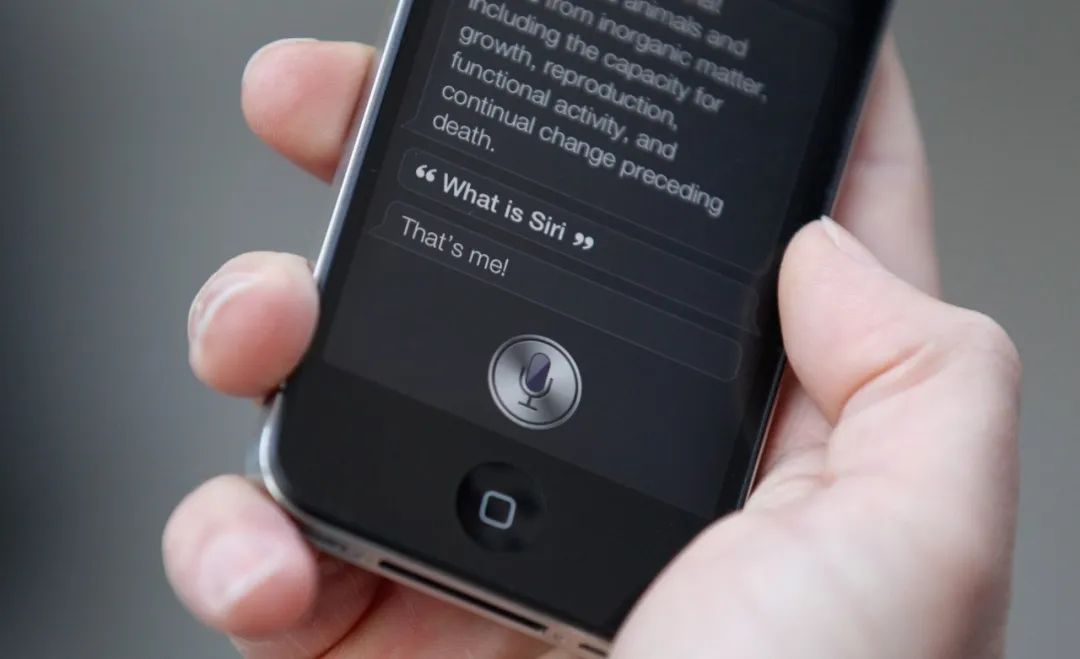
The second step is that excessive internal friction and mediocre management gradually marginalized Siri.
Bill Stasior might be one of the most unfortunate "workers" in history. During his seven years overseeing the Siri project at Apple, he reported to four different bosses.
- First boss: Scott Forstall, who was ousted by Tim Cook within weeks due to the flawed Maps service.
- Second boss: Eddy Cue, Apple's internet services chief, who did not prioritize voice assistant development and occasionally fell asleep during Siri meetings.
- Third boss: Craig Federighi, Apple's software chief, who focused more on security and privacy and had little time for Siri.
- Fourth boss: John Giannandrea, Apple's current SVP of machine learning and AI strategy, though by then, Bill Stasior was no longer involved in Siri's daily management.
Beyond leadership instability, Apple's approach of "acquisitions + in-house development"—buying AI startups while also building its own solutions—led to clashes between external and internal teams. Apple's distrust of external companies made it difficult to integrate technologies, worsening talent attrition.
For example, Apple acquired voice recognition company Novauris in 2013 but later formed a new team to develop in-house solutions, hoping for synergy. However, the collaboration lasted only six months due to ideological differences, which escalated into factional conflicts.
The third factor is the closed ecosystem. Apple's emphasis on secrecy and the closed nature of iOS prevented external developers from contributing, which hindered Siri from achieving an ideal data feedback loop.
It wasn't until the release of iOS 10 in 2016 that this downward trend was reversed, marking the beginning of Apple's new journey in AI.
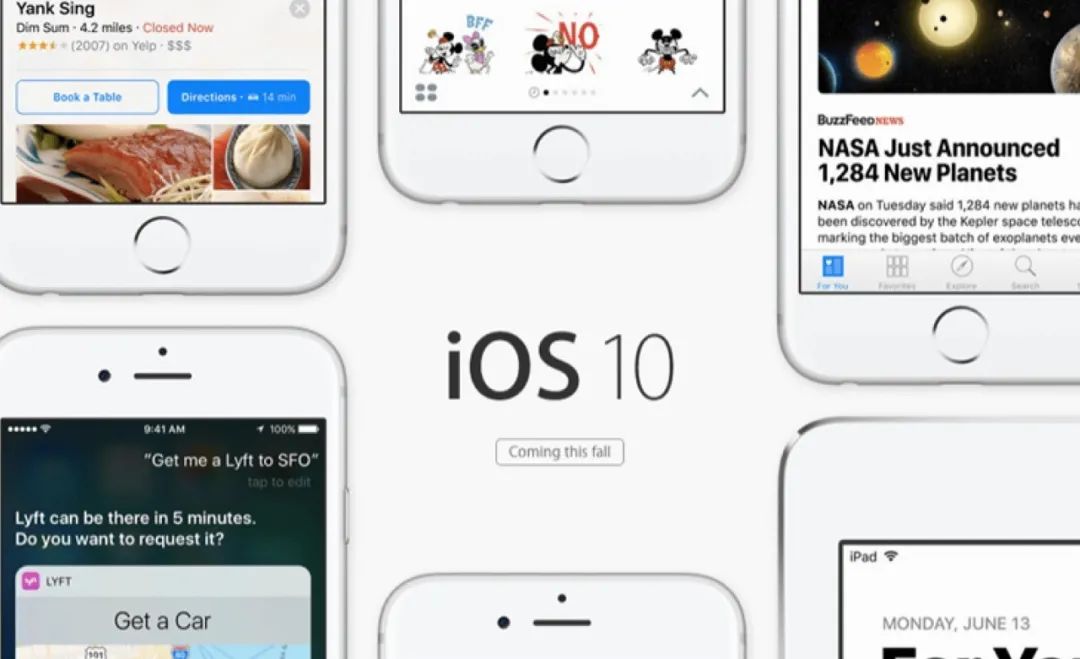
iOS 10 was a critical turning point in Apple's AI strategy for two main reasons:
-
Clarity in AI Strategy – Apple moved away from relying solely on its voice assistant and instead integrated AI advancements into iPhones running iOS 10 through a "software-hardware synergy."
-
Data and Ecosystem Improvements – Apple introduced SiriKit to allow third-party integrations and launched Differential Privacy, ensuring user data was encrypted before being uploaded to Apple’s servers, addressing privacy concerns.
In terms of developer tools, Apple released Core ML and Create ML in 2017. Core ML streamlined the process of embedding machine learning models into apps, while Create ML enabled on-device AI computation.
With everything in place, Apple officially launched its 'AI counteroffensive.'
In fact, compared to the proactive AI stance of tech giants like Google and Microsoft, Apple's cautious approach to AI technology stems partly from historical reasons and, more crucially, the inevitable outcome of its 'vertical integration' and 'hardware-software synergy' strategy.
Viewing Apple as either a product company or a supply chain enterprise makes it clear why Tim Cook seldom vocalizes AI ambitions. Apple's enduring valuation as a tech leader hinges on two pillars: its globalized industrial ecosystem—where the robust 'Apple supply chain' ensures stability and cost control—and its consistently cutting-edge (though often debated) products that maximize gross margins and solidify its dominance in the value chain.
Within this business model, Apple's AI initiatives become understandable. The company has quietly made significant strides:
1. Vertical Integration
Apple's AI investments span semiconductor manufacturing, machine learning, speech recognition, facial recognition, and expression tracking. These diverse efforts build a broad AI ecosystem. The company rarely discloses such plans publicly because, within its closed ecosystem, these AI entities are tightly controlled—absorbed as integral parts of the 'Apple Kingdom.'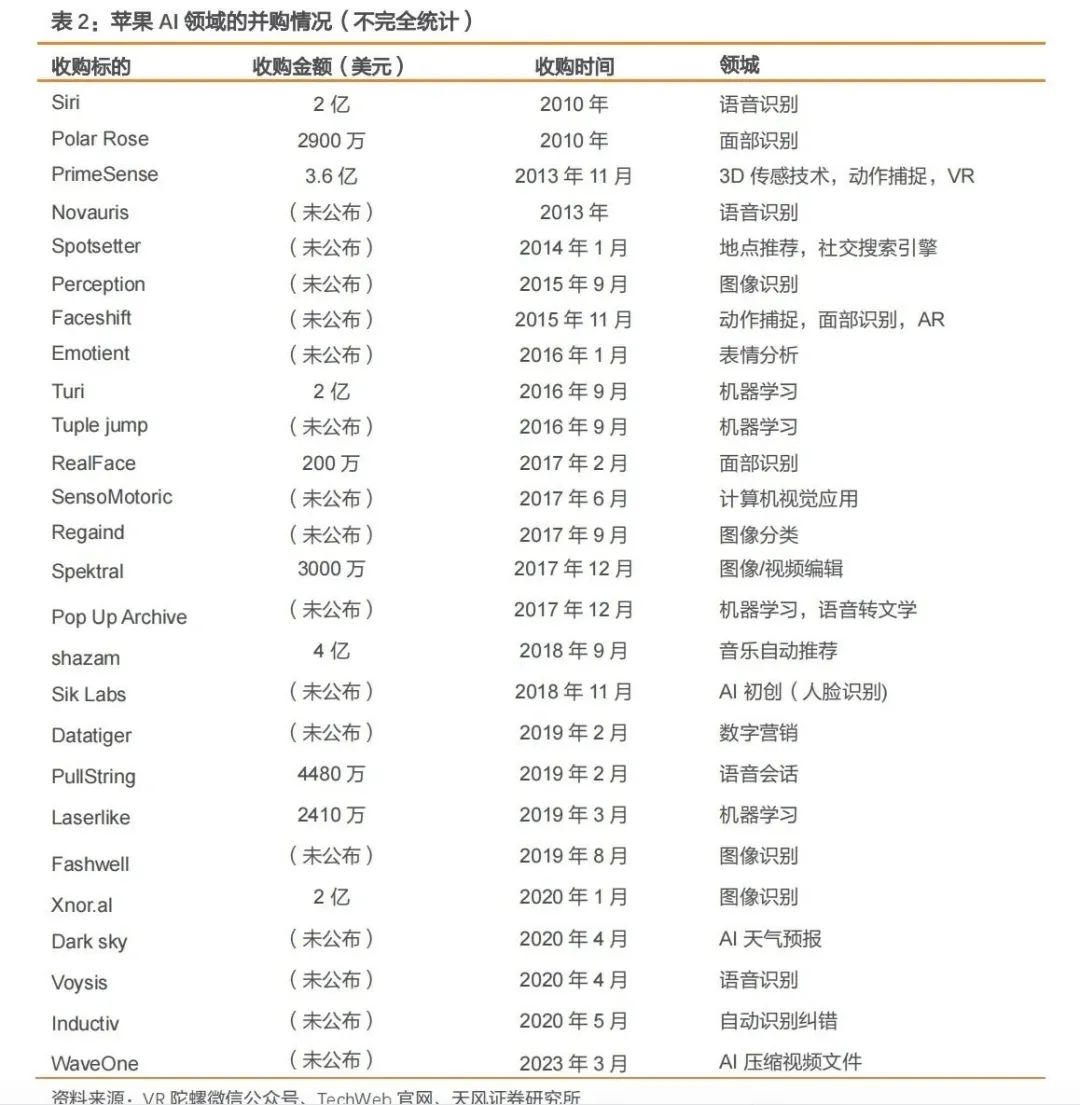
Secondly, the integration of software and hardware.
On one hand, AI applications in Apple's operating system improve product performance, creating differentiated experiences. For example, the Vision Pro eliminates the controllers commonly found in VR headsets and instead adopts a multimodal interaction method combining "gaze tracking + gestures + voice," pushing human-computer interaction into the augmented reality era.
At the same time, Apple excels at leveraging its software capabilities to deliver smarter user experiences. Additionally, software services, with their low marginal costs, are more likely to form a positive growth flywheel.
On the other hand, Apple's in-house AI chip development and hardware innovation capabilities may also drive the implementation of local AI functions in consumer electronics hardware platforms.
In 2014, Apple incorporated dedicated AI chips into the development of its next-generation SoC architecture, shifting AI tasks from CPU and GPU processing to specialized AI chips, ultimately integrating these chips into end devices. Currently, Apple's A-series chips have been updated to the A16, with continuous advancements in AI computing power. To efficiently execute more complex machine learning tasks on end devices, Apple has implemented its Neural Engine processor (Apple Neural Engine).
Apple's goal is to maximize the use of the Neural Engine, reducing memory consumption while providing faster speeds than the main CPU or GPU. Terminal AI functions supported by the Neural Engine include natural language processing, computer vision, augmented reality, video analysis, and image management. These AI features are integrated into Apple devices, often imperceptible to users but requiring significant computational power and algorithmic support.
Furthermore, the implementation of AI functions demands exceptional synergy between software and hardware innovation. Take facial recognition, a critical AI application, as an example. Since iOS 10, Apple has integrated Face ID, a deep learning-based facial detection method, into its system. The deployment of Face ID requires balancing computational power, privacy (facial data must remain on the device), and recognition accuracy, placing higher demands on algorithms and hardware. Apple's ability to achieve this is attributed to the multiple sensors and optical components embedded in the "notch" design.
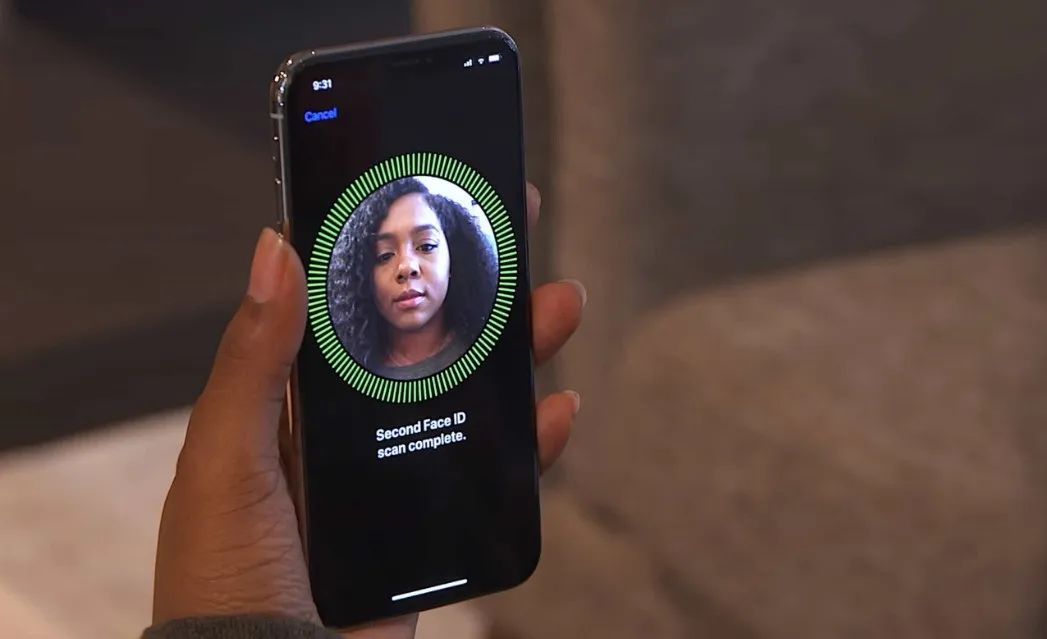
Under the strategies of "vertical integration" and "hardware-software synergy," Apple strives to make "AI omnipresent."
Its unique business approach and years of AI deployment suggest Apple prioritizes AI's practicality and usability more than other tech companies. However, this doesn't mean Apple can rest easy.
Recent moves—from internally deploying "Apple GPT" to poaching generative AI talent from Meta and other firms—clearly reveal Apple's anxiety.
This anxiety stems partly from the negative effects of its "vertical integration" and "hardware-software synergy" strategy.
While vertical integration has allowed Apple to build its own kingdom, the closed ecosystem has amplified management challenges. Key R&D departments face severe talent attrition. According to The Information, many engineers and executives in Apple's chip division have left for better opportunities, prompting concerns even from Johnny Srouji, Senior VP of Hardware Technologies.
This has led Apple's hardware and software innovation into an awkward "innovator's dilemma." Take the A-series chips: progress in recent generations has slowed, with product iterations criticized as "incremental innovation."
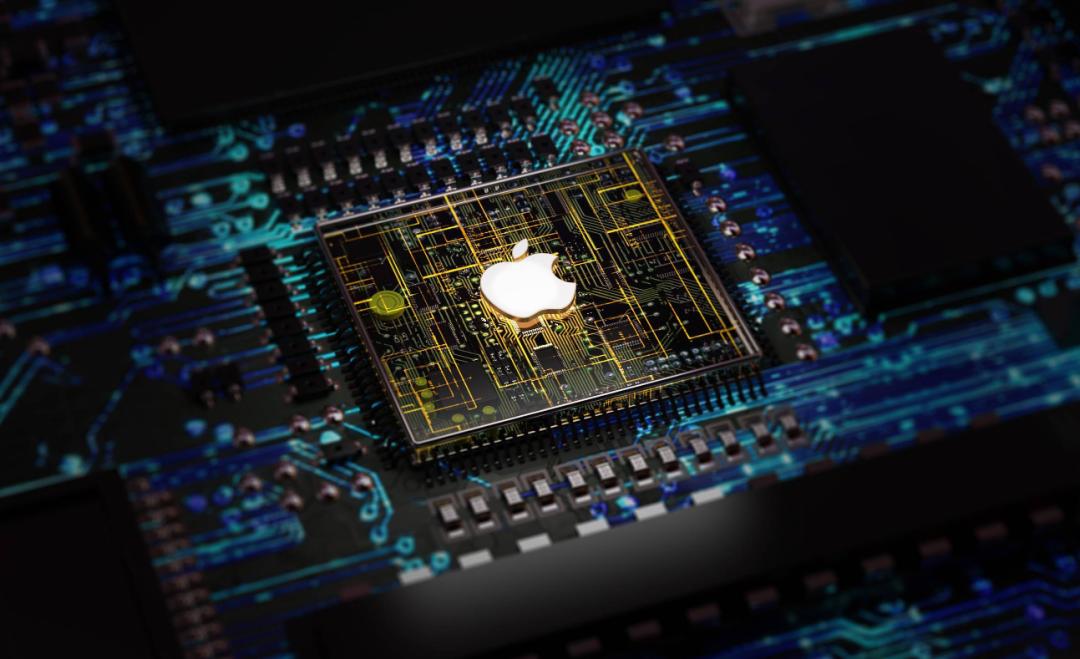
As Richard Kramer, a partner at research firm Arete Research, stated: "Apple has entered a phase of gradual reform." Previously, Tianfeng International analyst Ming-Chi Kuo also noted that Apple's progress in generative AI is significantly behind its competitors.
Apple's competitors are unanimously choosing to go all-in on AI in this wave of technological advancement.
The three cloud service giants—Microsoft, Google, and Amazon—are planning to integrate generative AI into every aspect of their businesses. Amazon CEO Andrew R. Jassy has also stated plans to invest over $50 billion in cash by 2023, with a focus on AWS technology. Meanwhile, Meta, after open-sourcing Llama 2, is also seeking to integrate AI into its own operations.
Despite showcasing stable profitability and the success of Tim Cook's "hardware and software" strategy in its latest quarterly report, Apple, like most tech companies, must present a new narrative amid weak terminal demand and a sluggish global smartphone market.
AI may be one of the few cards Apple and Tim Cook have left to play. After all, as long as they remain at the table, the trillion-dollar Apple will eventually find its own solution.
